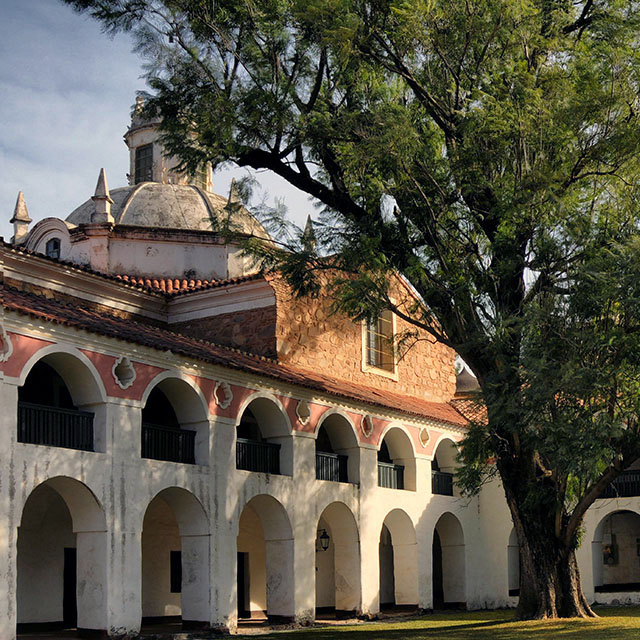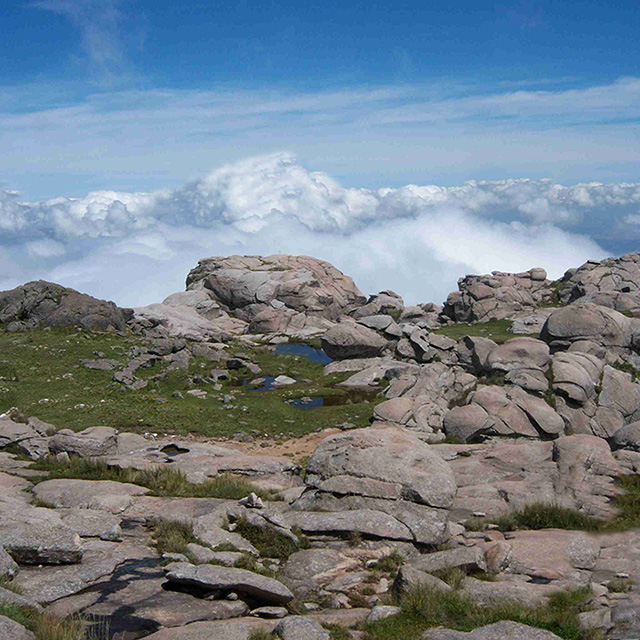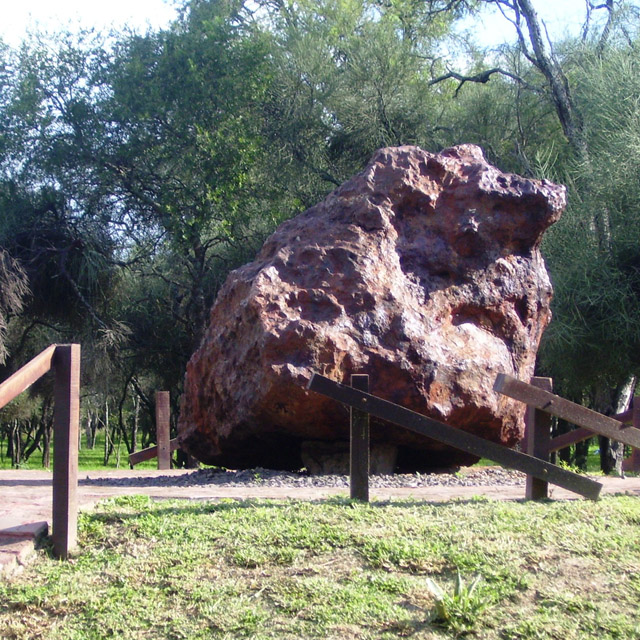Long before the Andean rise and much older than Himalaya and the Alps, the hills of Córdoba rose up from the surface of the earth. Today these weathered hills still stand out between the wide Pampa plains to the east and the Cuyo desert to the west and form the backbone of the central region.
Sierras Grandes and Sierras de Comechingones comprise the highest mountain ranges and include Cerro Champaqui (2,790 m), the highest peak of the province and a magnet for trekking lovers.
Adjacent to Sierras Grandes the high plateau of Pampa de Achala forms the heart of the mountain range; a vast and rugged terrain with little vegetation, but source of intricate water systems and springs that give birth to most of the rivers and streams of the Central Region.
Known for its benevolent climate, clear skies and perfume of wildflowers and aromatic plants, these ancient and energizing hills offer marvelous possibilities when it comes to trekking and horseback riding.



